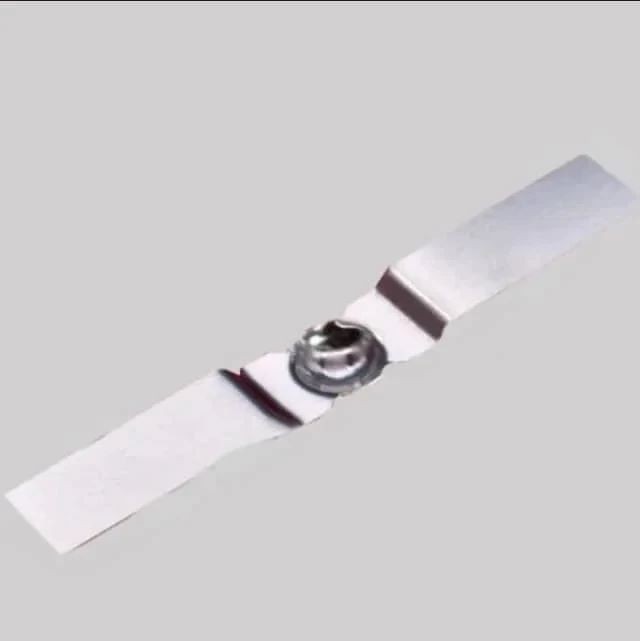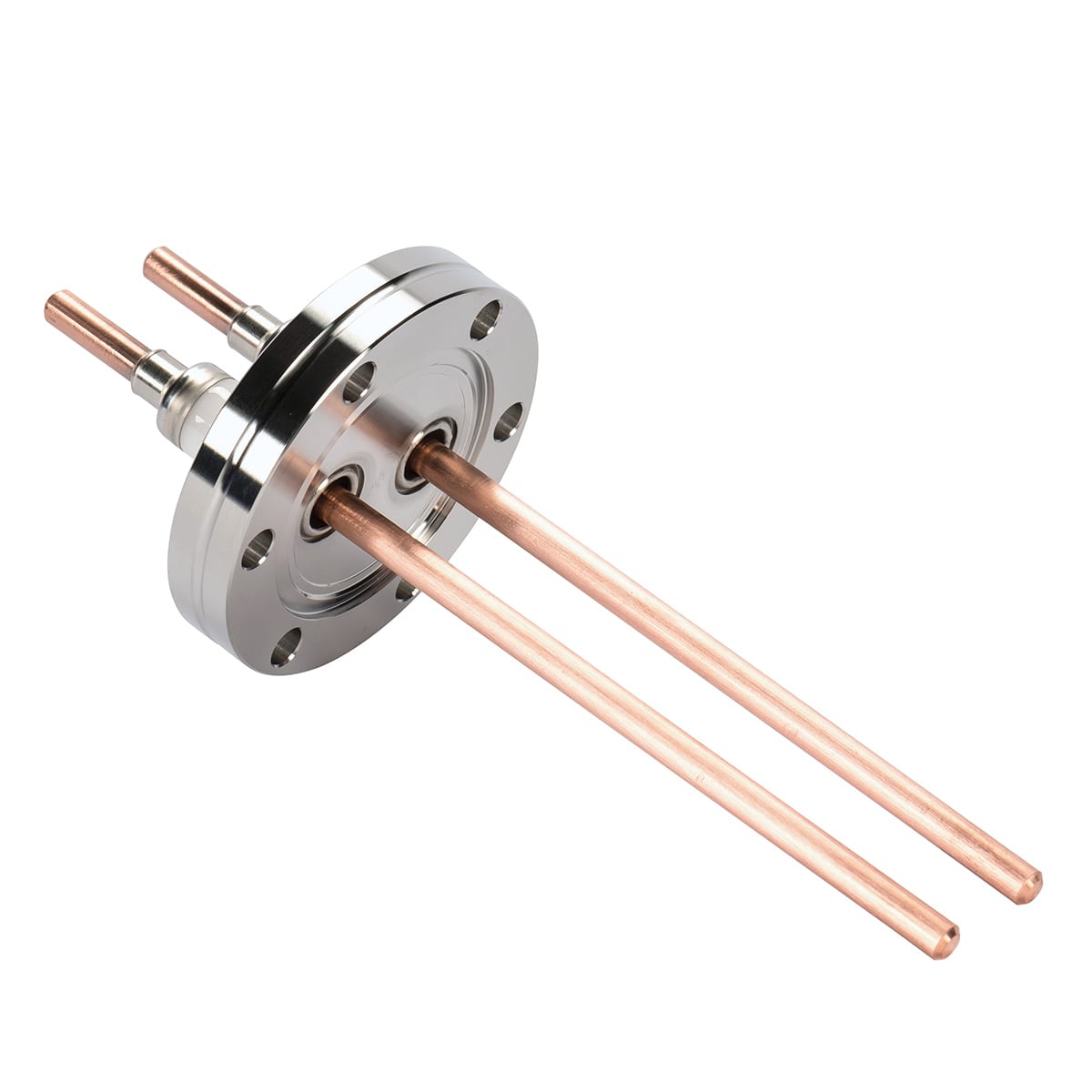
I dont know if they still are made from beryllium oxide but it might be so.
Beryllium oxide is very dangerous, especially if the piece is damaged and some dust is formed.
Inhaling such dust will cause uncorrectable damage, Chronic Beryllium Disease.
Something to keep in mind when fiddling with these magnetron parts.



